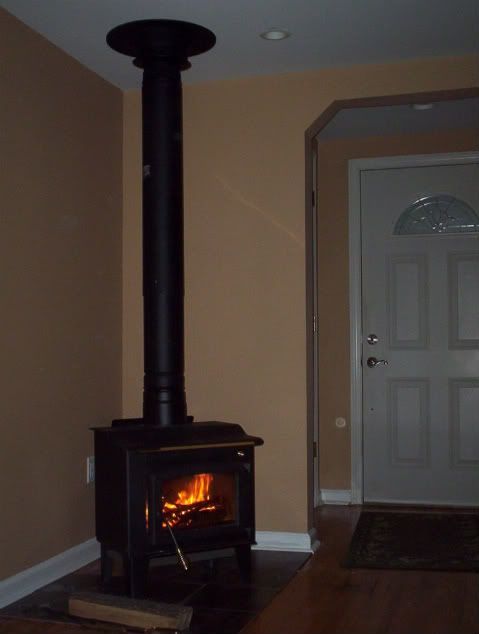Cambium
ArboristSite Guru
I'm trying to find a way to get heat from my wood stove in living room to other side of house into bedrooms at a faster pace. Instead of installing another stove elsewhere.
I read somewhere here about in-line ducts. As an electrician I always see the HVAC guys on the jobs so I aked him about it.
He said it doesn't work. By the time it gets to the other side, it would have cooled the air and ends up pushing cooler air then the warm air it takes from the wood stove locations.
So basically it's a lose lose situation. You're taking warm air from the warm room and you're pushing cooler air in the rooms you want warm.
My air handler is in basement.
Beginning to think my only options are...
1. Fireplace insert with fan blower.
2. Get a bigger stove that can make it 90 degrees in that location.
3. Install a stove on other side of house.
Sucks. Anyone have expierence with that flex duct with inline fan?

I read somewhere here about in-line ducts. As an electrician I always see the HVAC guys on the jobs so I aked him about it.
He said it doesn't work. By the time it gets to the other side, it would have cooled the air and ends up pushing cooler air then the warm air it takes from the wood stove locations.
So basically it's a lose lose situation. You're taking warm air from the warm room and you're pushing cooler air in the rooms you want warm.
My air handler is in basement.
Beginning to think my only options are...
1. Fireplace insert with fan blower.
2. Get a bigger stove that can make it 90 degrees in that location.
3. Install a stove on other side of house.
Sucks. Anyone have expierence with that flex duct with inline fan?

Last edited:























































